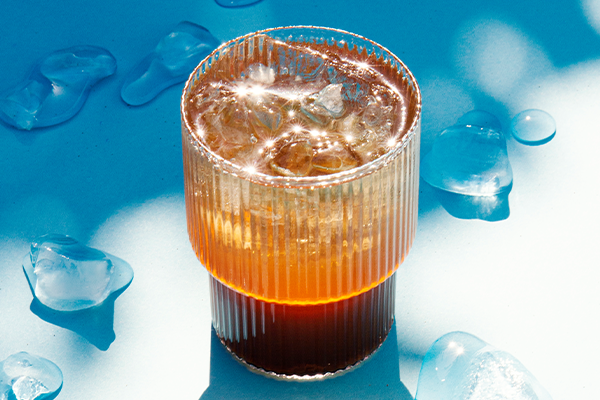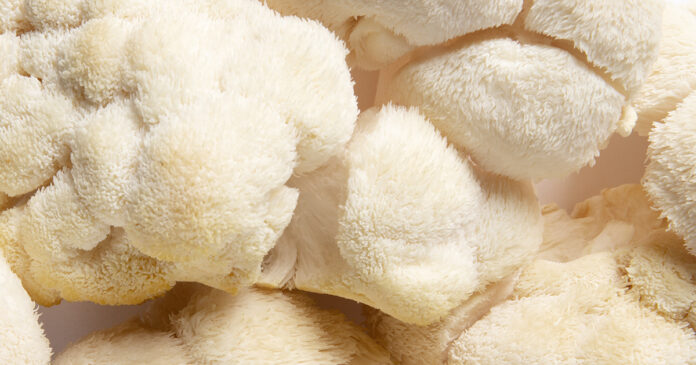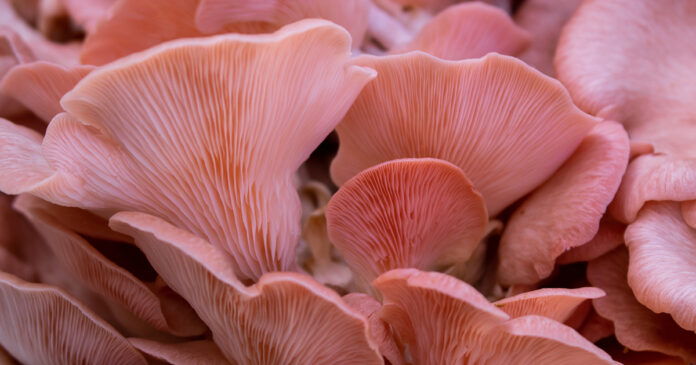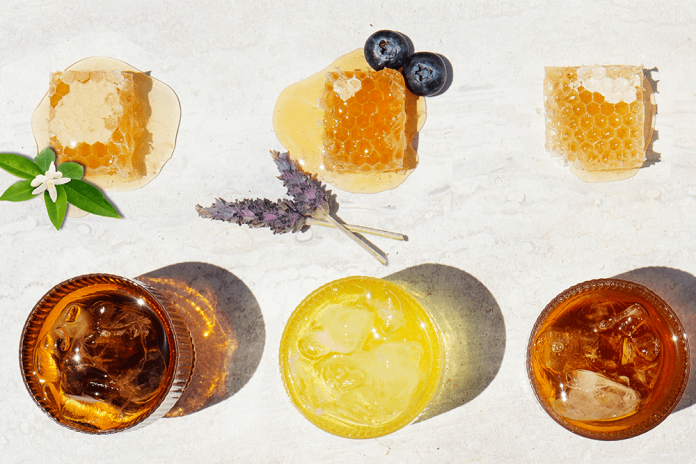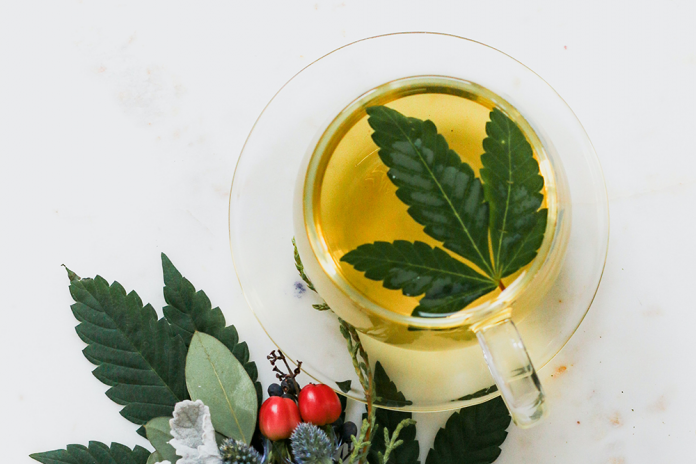Sometimes there’s nothing quite like a tall glass of iced tea. Whether you’re looking for a midday pick-me-up or a cool summertime evening refresher, iced tea delivers.
But as always in the world of tea, your experience depends on which tea you choose and how you brew it.
Here’s a primer on how to make the best iced tea, and why your tea choice matters. We’ll also explain the difference between hot brew and cold brew tea…
What’s the Best Tea for Iced Tea?
Although the first “ice tea” made in the United States may have used green tea leaves, the modern-day recipe calls for black tea. Why the switch from green to black?
Apparently, it’s due to global trade disruption during World War II. With imports of green tea cut off, households turned to the more readily available black tea, which could be shipped in from Britain and was grown on some Southern farms. [1] (If you grew up drinking sweet tea, you already knew this!)
With those logistical challenges gone, black tea has endured as the base for iced tea recipes – because this variety makes sense from a taste perspective as well.
The chemicals responsible for a drink’s aroma and flavor are activated by heat. Consider also how the smell of a spice intensifies as it cooks. Or think about the difference between eating a hot meal, and leftovers cold from the fridge the next day. The flavors and smells are more muted, right?
Because of this phenomenon, foods and drinks meant to be served cold require more complex development of flavor in order to stand up to the chilling process and taste good without the help of heat. [2]
Though green tea has a unique flavor, it is not as deep and robust as black tea. Black tea’s rich, roasty flavor is still distinctive when served cold, making it the ideal choice for iced tea.
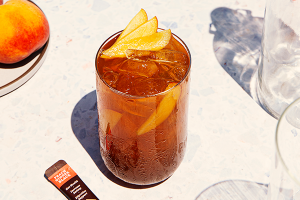
The type of black tea you choose depends on personal preference. Breakfast blends made with Assam tea will have an earthier flavor, for example, while Earl Greys, tinged with citrusy bergamot oil, have a lighter, fruitier taste. You can also try oolong tea, which has a nutty flavor.
That being said, any type of tea can be used to make iced tea. More delicate varieties like white tea or herbal blends may simply require a higher ratio of leaves to water to ensure the a flavorful cup
Hot vs. Cold Brewing
There are pros and cons to both methods of making iced tea. Here’s how they compare:
Brew time
- Hot Brewing:
When making iced black tea via the hot brew method, you’ll want to brew it for longer than if you were making hot tea – to intensify the flavor before icing it down. Though the same ratio (one tablespoon of loose leaf tea per one cup of water) still stands, you may want to steep the leaves for up to eight minutes in near-boiling water to ensure a more pronounced flavor.
The rules change a bit for different types of tea. A long steep time would not be recommended for green tea, for example, because you could end up with an overly astringent drink that sweeteners can’t save.
Once steeping is finished, allow the tea to cool down to room temperature and then chill in the fridge. Depending on the size of your batch, this could take an hour or two.
- Cold Brewing:
Cold brewing is very simple — just add your tea to a pitcher of cold water and refrigerate — but it comes with the disadvantage of a long wait time. Cold-steeped tea leaves need about 8 to 10 hours to fully infuse. [3]
Water temperature
- Hot Brewing:
Achieving the right water temperature matters for the hot brewing method of iced tea making, where the same rules apply as if you were making a regular cup of hot tea.
For black teas, you can bring your water to a full boil. For green tea, you’ll want to use water that’s been brought to a boil and allowed to cool for a minute or two.
If you’re using a lighter tea as your base, especially flowery herbal blends, you’ll want to go a touch cooler on the water. Intense heat could effectively kill the more gentle notes of popular iced tea bases (like hibiscus or peppermint).
One way to take some of the guesswork out of iced tea brewing time and temperature is to combine herbal blends with black tea leaves. The more delicate leaves lend their flavor to the finished product, but don’t have to carry the entire taste experience. You won’t have to worry so much about cooking your herbal tea because the black tea will be the more prominent flavor.
- Cold Brewing:
This method is pretty self-explanatory. Just drop your tea leaves into cold water and pop the pitcher in the fridge. You’ll still want to serve over ice once steeping is complete for maximum refreshment.
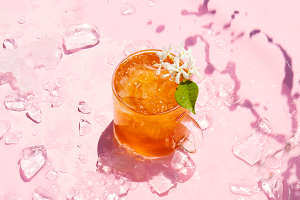
Taste
One of cold brewing’s biggest advantages over hot brewing is its ability to preserve true tea flavor while tamping down bitterness.
Hot water extracts more of the natural tannins in tea leaves, which create astringency. That’s why most iced teas are sweetened and garnished with lemon slices or mint leaves — to round out the tea’s bitter edges.
Cold extraction, on the other hand, does not pull as many of these polyphenols out. The result is a smoother, slightly sweeter taste that just may be worth the wait.
Health Benefits
Because cold-brewed tea is less bitter than hot-brewed, you won’t be as tempted to add sweetener. Calories from white sugar or honey can add up quickly!
Cold-brewed iced tea also tends to be lower in caffeine content. If you’re avoiding caffeine but don’t want to use decaffeinated tea leaves, cold-brewing can offer a compromise. [5]
The Secret to High-Quality, Fast Iced Tea
If you want an iced that tastes great, delivers a high dose of antioxidants, and doesn’t take all day to make, consider tea crystals.
Tea crystals are not the powdered instant iced tea packets you see on grocery store shelves, which contain artificial colors and flavors and preservatives.
Rather, Pique Tea Crystals are made by cold-brewing high-quality tea leaves and then concentrating the extraction through a patented crystallization technique. The resulting product is a highly concentrated tea that simply has to be rehydrated.
Cold-dissolve crystals are designed to be stirred right into cold water. Hot-dissolve versions should be mixed into about an ounce of hot water first. That blend can then be stirred into ice water.
It’s a quick and easy way to make iced tea without cutting any corners when it comes to quality.

The Takeaway
Calling all tea drinkers! Don’t wait for a hot summer day to try your favorite teas over a tall glass of ice cubes.
Like hot tea, unsweetened iced tea delivers a healthy dose of antioxidants, with a bit less caffeine.
For the best flavor, go with black tea as your base, and cold brew it if you have the time for a smoother, sweeter flavor that needs no honey or lemon. If you don’t have the time, try out tea crystals for a quick iced tea that sacrifices nothing in the taste or health department.
